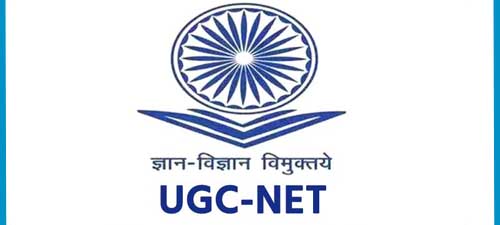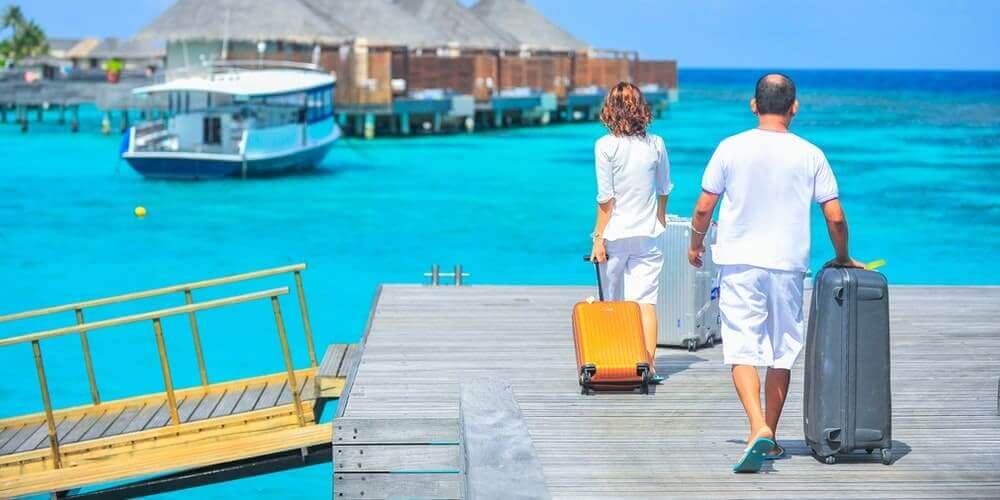Tourist Decision Making Process:
- Need arousal: The tourist realizes that he/she desperately requires going out on a trip. It may be the result of monotony capturing his productivity or his attitude towards a normal/routine life has changed. Therefore the need arousal is the result of identification of some unique issues.
It may also be supported by various other factors like special day celebration or opportunity present to go on a trip along with all supporting aspects like finance etc. Need arousal is therefore triggered by internal (monotony) and External (attractive tour package) stimuli.
2. Recognition of the need: Authors like John Dewey have considered it as a first step to decision making. Need recognition occurs when a consumer identifies a need and thinks of a product that might meet this need in this step the customer is very much clear about what will solve his problem.
Also read Benefits of Tourism to various stakeholders
3. Level of Involvement: Once the need of traveling is recognized it is important to analyze what will be the attribute of the excursion or more precisely how the itinerary will be designed. Here the first decision set given by Cook et al, 2008 needs to considered.
4. Identification of alternatives: Once the level of trip is decided by the individual, collection of information regarding places that can be visited as per resources available. Here several alternatives can be identified and evaluated. It is better to list down all possible alternates and also desirable alternates. Nowadays there are many travel companies who will act as a moderator in the process and nevertheless internet is one keeping in mind the four ‘A’s of tourism.
5. Decision choice: It is the most crucial stage wherein the tourist needs to first ‘Weigh each alternate’ and then ‘choose the best alternate’. It is essential for a tourist to be vigilant and not influenced by Impulsive decision directing agents, websites and Travel Company.
At times the offers provided announced by the travel company are ambiguous that leads to misconception. E.g. 6 days and 5 nights tour includes the travel time also and actual stay is of 3 days only. Combination of one or more alternate works in tourism e.g. Accommodation, sightseeing, travel ticket booking can be done through different sources or by individual too.
Read more on Tourism Planning
Once all the parameters read well of an alternate and matches with the value system of individual the alternate can be freeze for purchase.
6. Purchase action: The travel decision comes closer to the end with the booking of destination selected. It means it is the time to implement the decision taken in the previous stage. Tourist Decision Making Process
Here the word ‘action’ states that the alternate selection process remains incomplete if the same is not confirmed by the tourist i.e. reservations of various components in the trip like accommodation, transportation etc. Therefore the tourists ultimately purchase the travel product or services.
7. Post purchase behavior: Any purchase decision reveals an experience may be positive or negative. A positive experience generates positive word of mouth and may lead to repeat purchase. E.g. Airline selected, tour operator selected etc. This is the final step of the entire travel decision making process.
also read Goals and objective of sustainable tourism development
The result must ensure that the need recognized in the second stage is met or unmet otherwise the entire process need to revised thoroughly. There are again several reasons of unmet need like erroneous need recognition, insufficient information collection, selection of inappropriate alternate etc.


